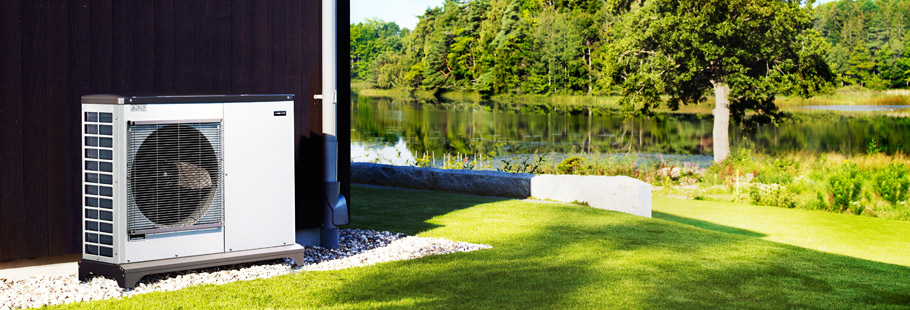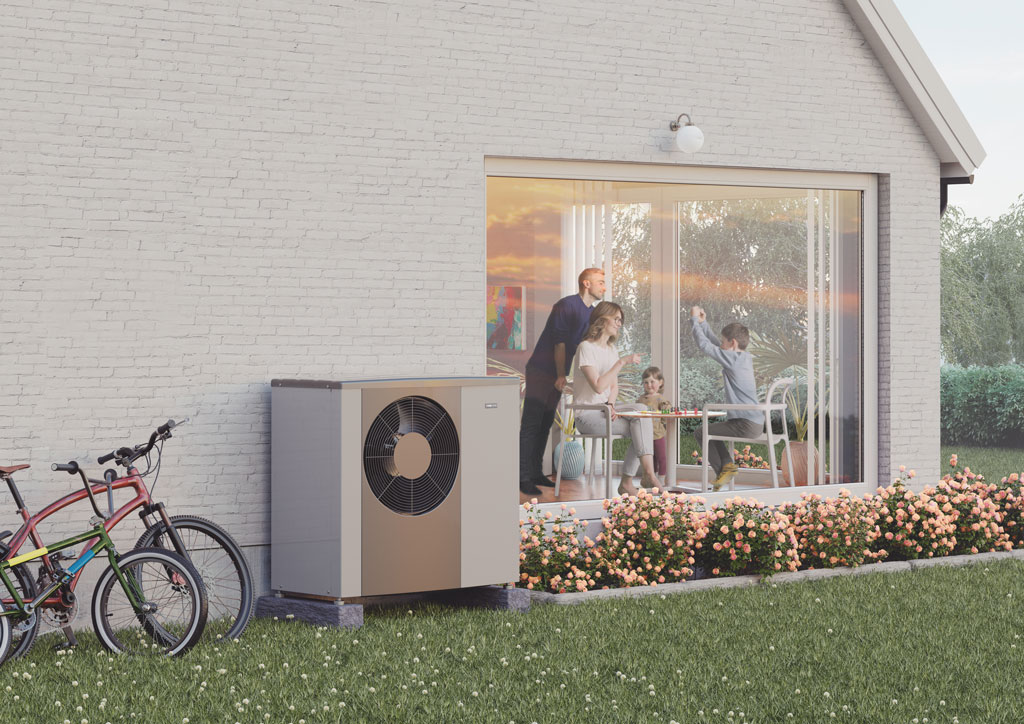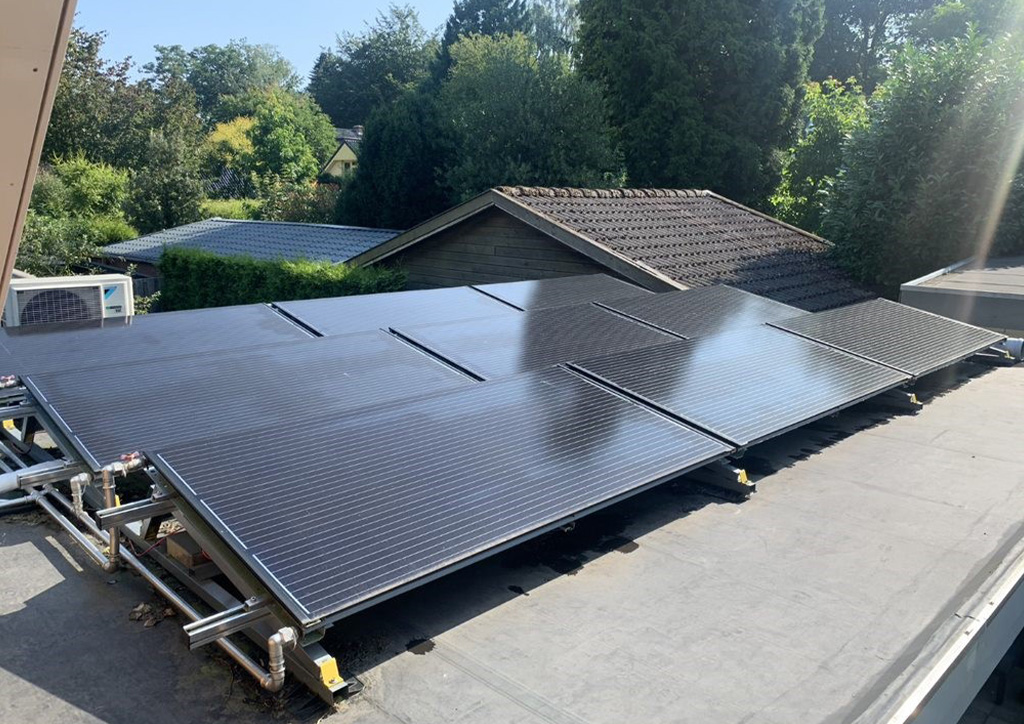
Heat pumps are highly efficient systems designed to provide heating and cooling for residential and commercial buildings. Unlike conventional heating systems that generate heat by burning fuel, heat pumps transfer heat from one place to another, making them an environmentally friendly and cost-effective solution.
Multiple types of emitters can be used, radiators and underfloor heating being the most common. Some heat pumps can be used in reverse to provide cooling in the summer, either passively through radiators and underfloor, or actively when combined with fan units or MVHR.
How do Heat Pumps work?
Heat pumps work by exploiting the principles of thermodynamics. They transfer heat from a source (air, ground, or water) to a sink (such as your home). Here’s a basic breakdown of the process:
- Heat Absorption: The heat pump absorbs heat from a low-temperature source. This can be outside air, the ground, or a body of water, depending on the type of heat pump.
- Heat Transfer: The system uses a refrigerant to capture and transport the absorbed heat. This refrigerant is compressed to increase its temperature.
- Heat Release: The heated refrigerant is passed through a heat exchanger, where the heat is transferred into your home or building’s heating system, providing warmth.
- Cycle Repeats: The refrigerant is then expanded and cooled, ready to absorb more heat from the source, and the cycle continues.



Types of Heat Pumps
Air source heat pumps (air-to-water) draw in heat energy from the surrounding air, hence the name air source heat pump. The air source heat pump comes in the form of a small-medium size unit that sits outside the building. Air source heat pumps are the most common type of heat pump.
Ground source heat pumps (ground/water-to-water) harness their energy from the ground, hence the name ground source heat pumps. Once the heat energy has been collected, it follows the same principle as an air source heat pump by going through the refrigeration cycle to provide heating and hot water to the building. There are a number of collector types for ground source heat pumps and they can be used to extract energy from a variety of mediums, primarily from the ground or from water, but they can also be used with solar thermal/photovoltaic hybrid panels.
Exhaust Air Heat Pumps combine mechanical extract ventilation (MEV) or mechanical ventilation with heat recovery (MVHR) with the refrigeration cycle principles to create a system that provides heating, hot water and ventilation.
Benefits of Heat Pumps
- Energy Efficiency: Heat pumps are much more efficient than traditional heating systems because they move heat rather than generating it. This can lead to significant energy savings.
- Environmental Impact: By using renewable heat sources, heat pumps reduce carbon emissions and reliance on fossil fuels.
- Year-Round Use: Many heat pumps can provide both heating in the winter and cooling in the summer, making them a versatile option.
- Cost Savings: Despite the initial investment, the operational savings over time make heat pumps a cost-effective choice.
- Low Maintenance: Heat pumps require minimal maintenance compared to combustion-based heating systems.
For 70 years, NIBE has been manufacturing energy-efficient and sustainable climate solutions for your home. It all started in Markaryd in Sweden and we value our Nordic heritage by harnessing the power of nature.
NIBE combine renewable energy with smart technology in order to offer effective solutions so that together we can build a more sustainable future. Our wide range of products supplies your home with heating, ventilation, hot water and cooling, creating a perfect indoor climate with a low impact on nature.

